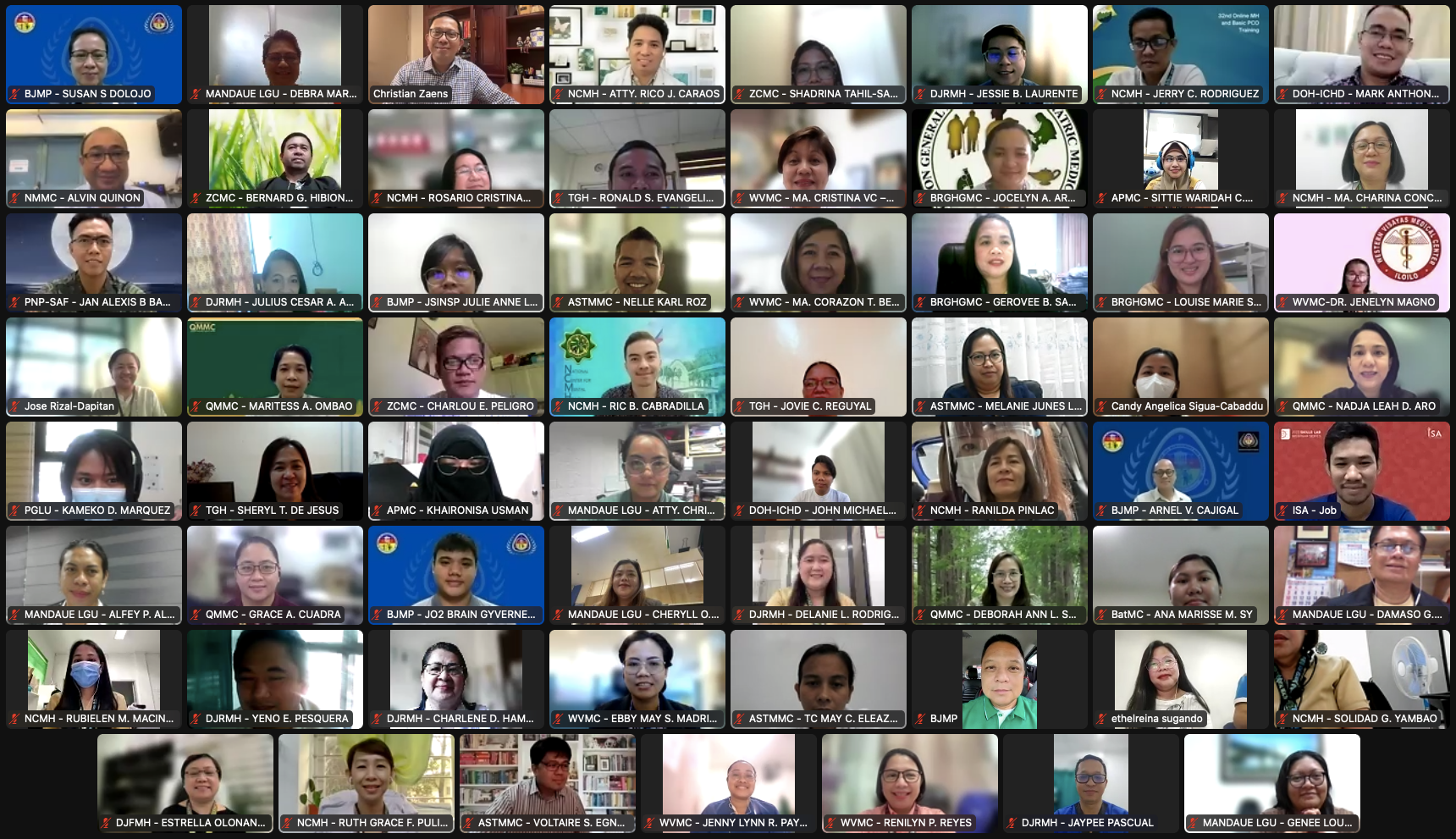Streamlining management systems in an organization can be an arduous but fulfilling process that can help build efficient operations, leading to improved productivity, performance, and increased sustainability. Although having these systems in place is a big step, implementing strategic plans and integrating multiple management systems such as the Performance Governance System (PGS) and the Strategic Performance Management System (SPMS) may pose another tier of challenges.
Given the several hurdles our partners have to face, the Institute for Solidarity in Asia (ISA) held its first run of the Skills Lab on the Harmonization of the PGS with SPMS last October 11 to 12. With a record-breaking attendance of at least 70 participants across several National Government Agencies, Local Government Units and Public Hospitals, ISA Executive Director and PGS Practice Leader, Mr. Christian Zaens gave his sought-after “deep dives” and “think-throughs” in the two-day capacity-building course.
Introducing the SPMS as a management system, Mr. Zaens shared that this stemmed from a demand to evolve human resource management into something more strategic rather than transactional, where members of the organization are motivated and empowered to innovate and align with the organization’s vision.
“When you harmonize this with the SPMS magkaiba ang strategic at magkaiba rin yung day-to-day functions,” highlighting this strategic approach, Mr. Zaens emphasized that harmonizing the SPMS with PGS is a systems overhaul that brings about superior impact. “Strategy is breakthrough. Its very nature is breakthrough, its transformative,” he said.
After his series of lectures, the participants engaged in a series of interactive workshops called “deep dives”. This gave the participants a better understanding of the session topics such as the differences between transactional and strategic practices, and the different types of performance commitments.
The following day, Mr. Zaens delved deeper into the three performance commitments: Strategic, Core, and Support, and their nature as organizational processes, where he described these as non-repetitive and overlapping. He emphasized that these commitments are hierarchical and must be a mix of outcomes and outputs, and value-adding to the organization’s bid to reach its strategic goals.
“The higher you go, the more outcome-oriented the commitments become; the lower you go, the more task-oriented the commitments become,” Ms. Zaens shared.
Beyond these performance commitments, Mr. Zaens also encouraged the participants to go beyond the harmonization of just the two management systems. “If we want to do a good job of harmonizing, hindi lang dapat yung SPMS ang ihaharmonize mo sa PGS. Ang main harmonization is the performance commitments. But it’s not enough. It can simplify, but we can simplify it even more. if lalawakan natin yung understanding natin ng commitments,” he said. He added that harmonizing these systems with the pillars of Prime Human Resource Management would yield a more system-focused approach to harmonization.
Concluding the program, Mr. Zaens gave the participants an inspiring message to go beyond being merely a competent organization and to have the willingness to tackle strategy with purpose.
“Greatness doesn’t mean being just the best in the lot. Greatness lies in the impact that our strategy is able to bring to the lives of our countrymen,” he said.

